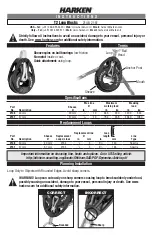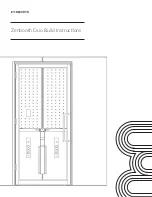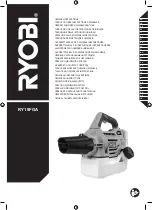
Iss A 05/14
7
2.3 Connecting the Heat Exchanger
Ensure compliance with water quality and maximum permissible pressure requirements.
When fitting the heat exchanger into the pipe work care must be taken to ensure that no
debris has been introduced into the primary or secondary circuit of the heat exchanger.
See Exhaust Gas Heat Exchanger brochure (available on the Bowman website) for
connection details of each model.
3 Operation
It is essential that the following instructions are followed to prevent corrosion/erosion of the
heat exchanger:
a) Adequate provision should be made to ensure that in the event of the primary circuit
being shutdown, the secondary circuit continues to operate for a period of time to enable
the dispersal of residual heat to an acceptable level, preventing damage to the heat
exchanger.
b) Adequate provision should also be made to ensure that the secondary circuit pumps are
in continual operation whenever the primary circuit is in operation.
c) Provision should also be made to ensure that any valves or ancillary equipment
associated with either the primary or secondary side of the heat exchanger cannot be
accidentally turned off, thereby preventing flow through the heat exchanger.
d) It is very important that the secondary circuit is fully vented via the vent plug fitted in
order to prevent any aeration taking place which can cause erosion of the tubes.
e) Maximum working gas side pressure
0.5 bar
Maximum working water side pressure
4.0 bar
Maximum working gas side temperature
700°C
Maximum working water side temperature
110°C
4 Commissioning
Commissioning of the heat exchanger should not be undertaken until such time that this
document has been fully read and understood.
Adequate provision should be made to ensure that correct operating/service equipment
along with personal protection (PPE) in accordance with current standards/legislation is
utilised prior to the commencement of any working.
caution
take care
take care
take care





























